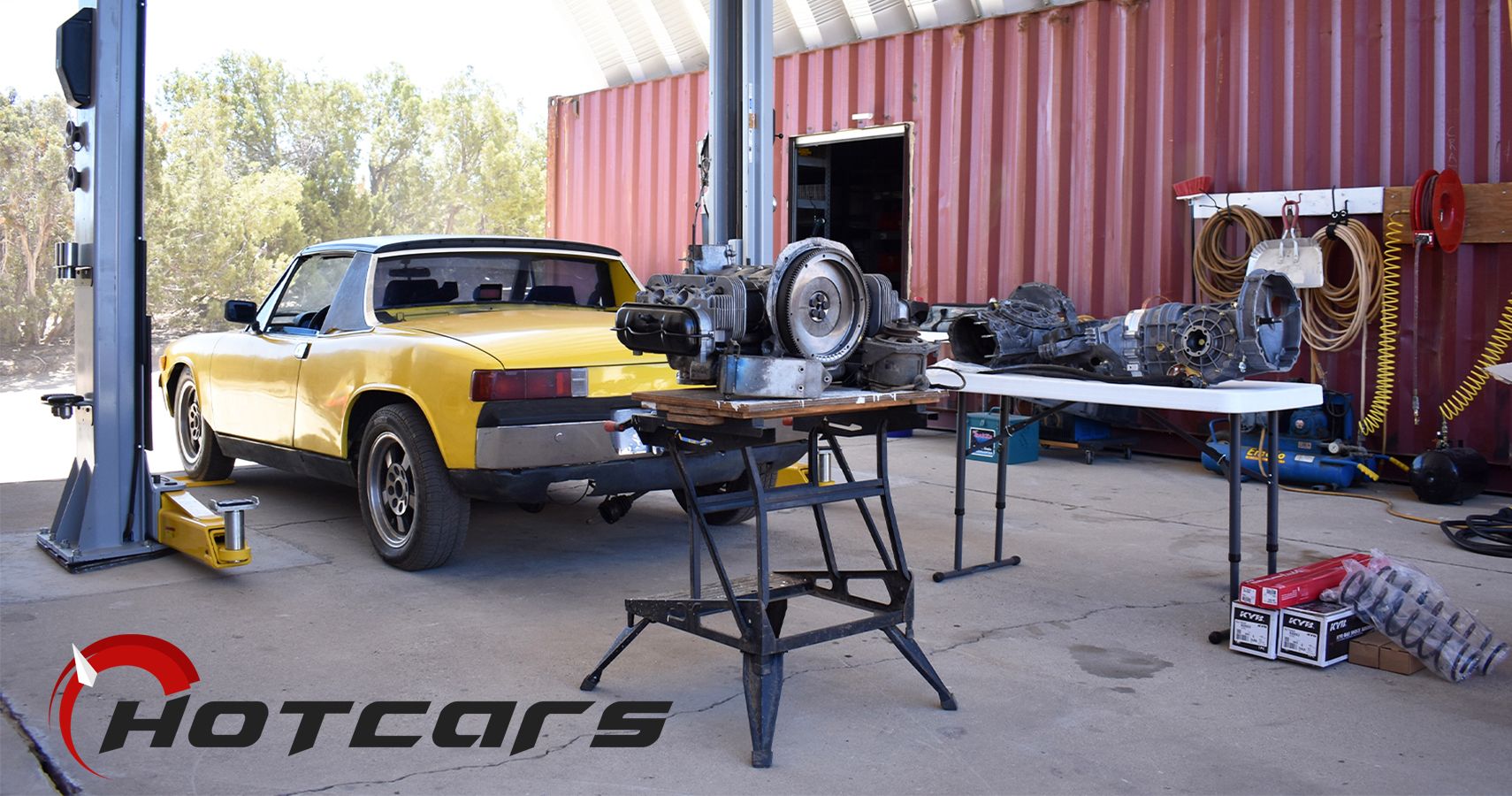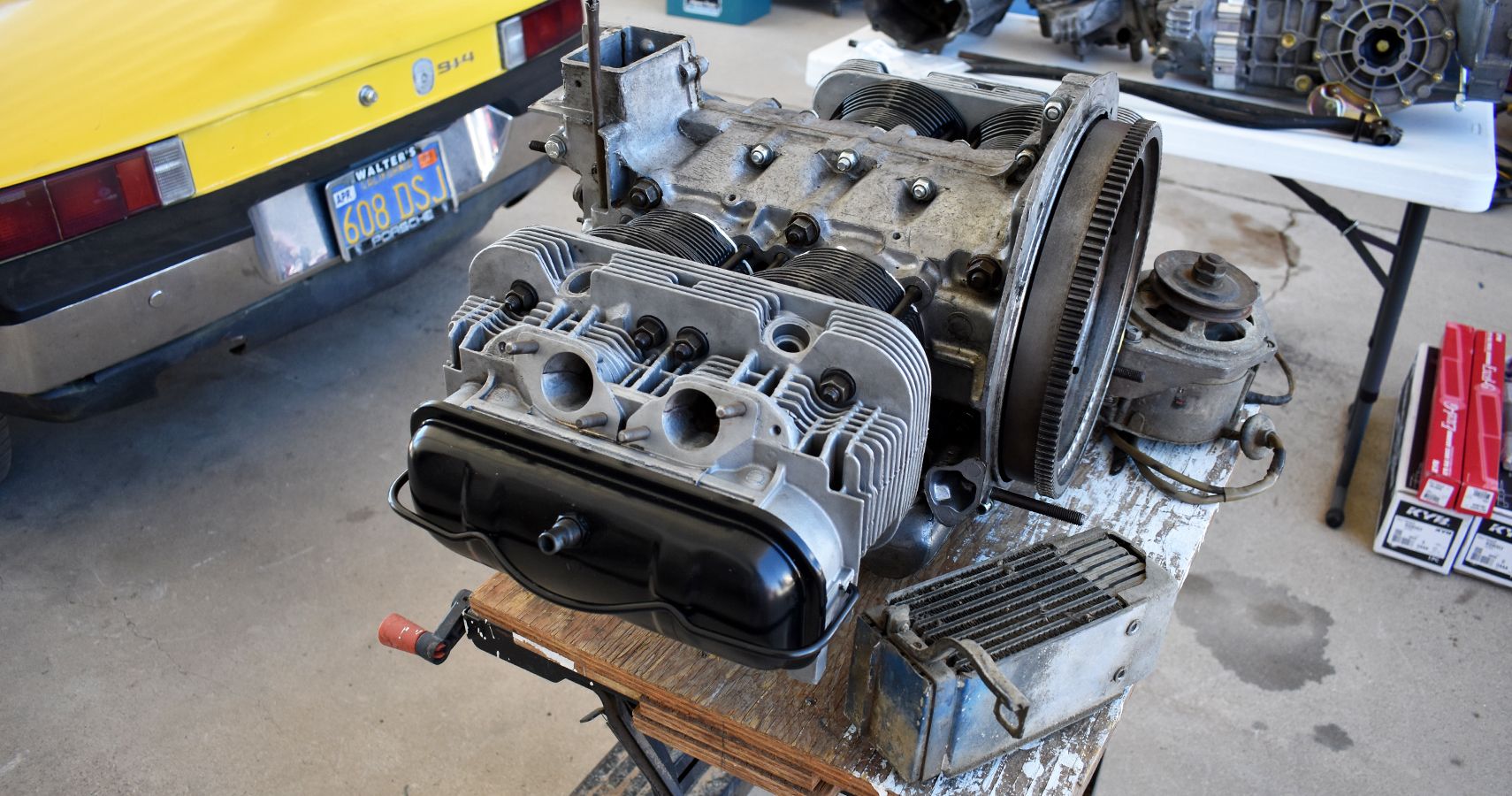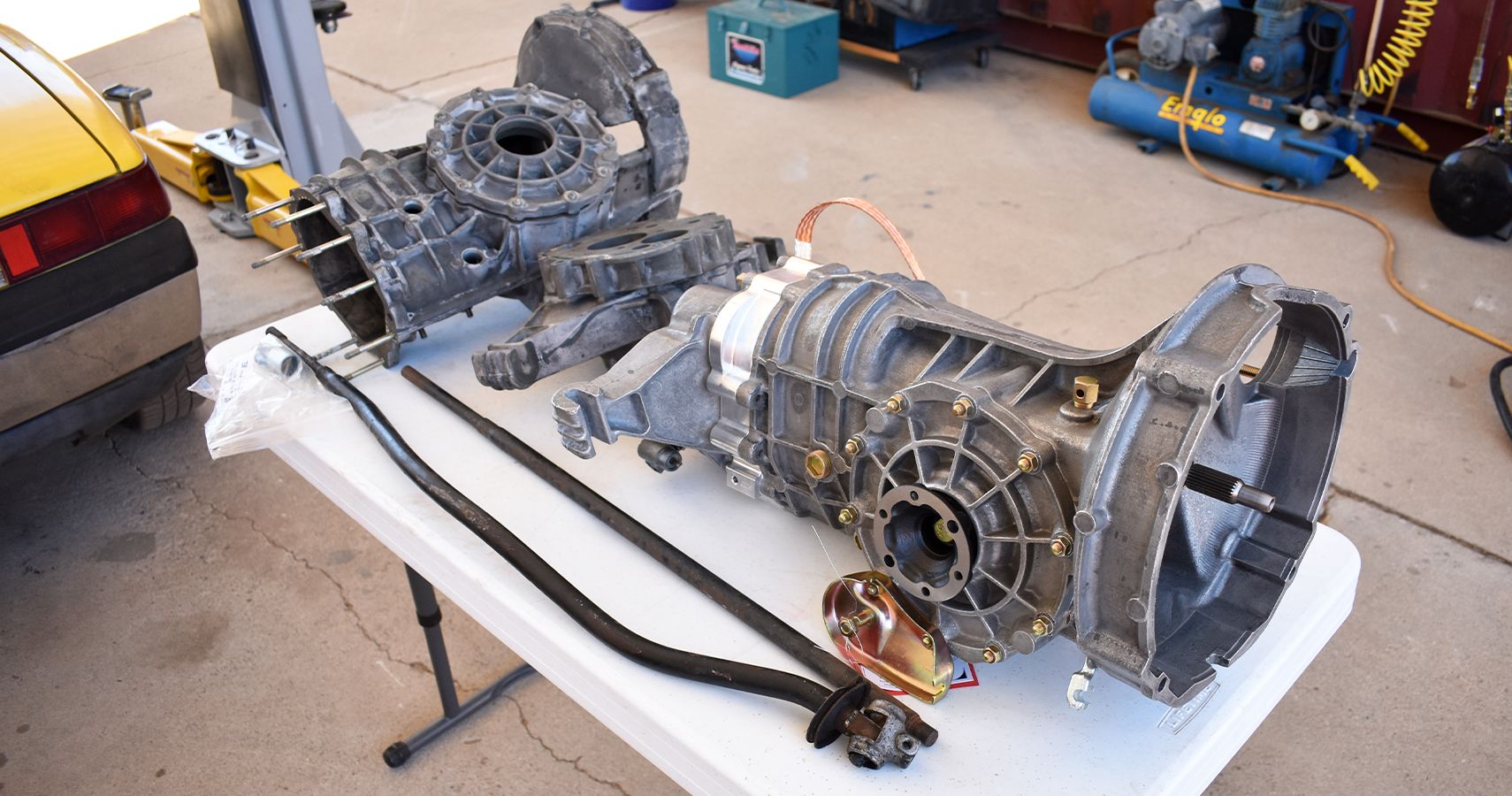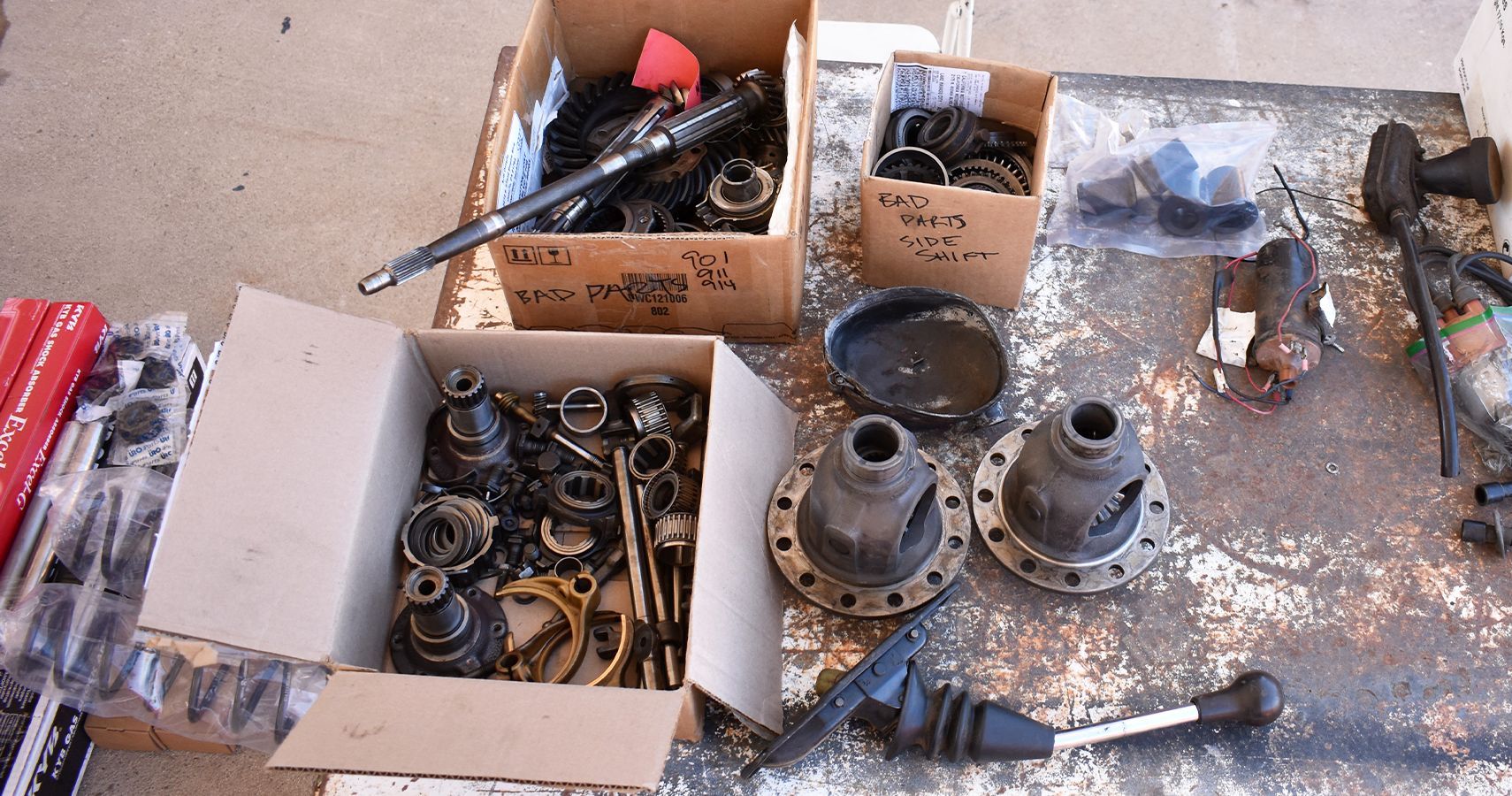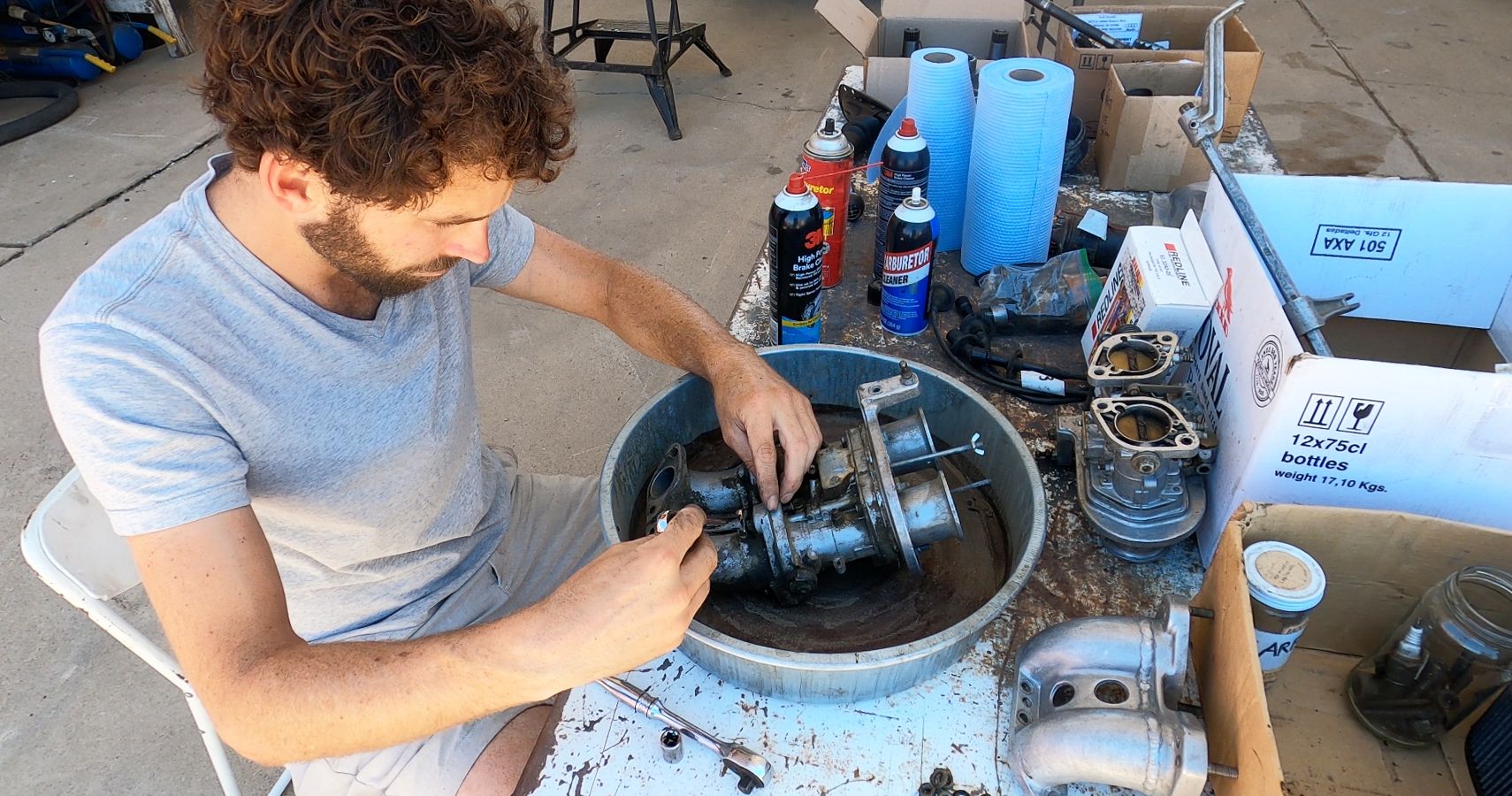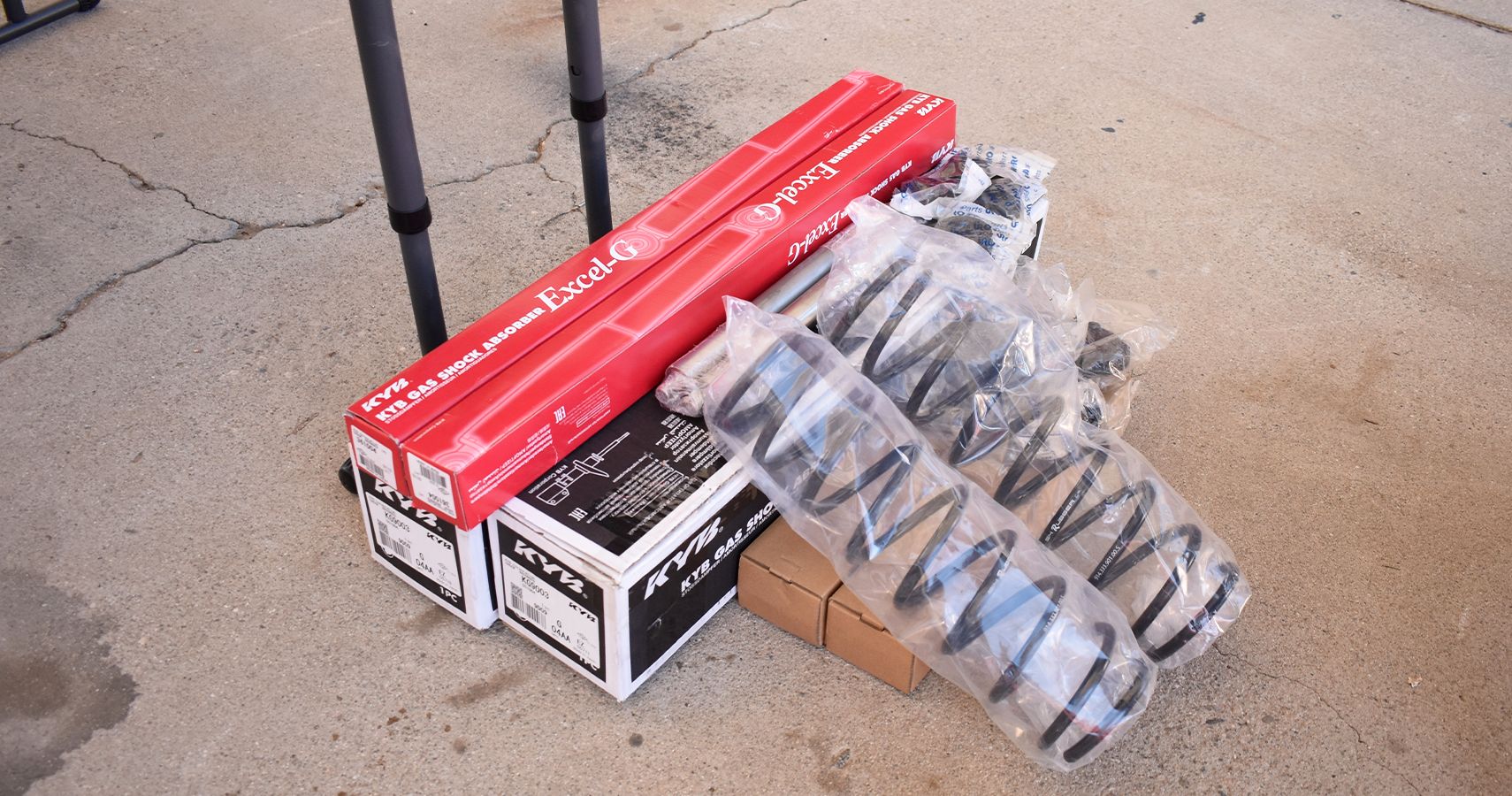Sometimes I begin to feel a twinge of regret about buying a Porsche 914 project car in the middle of a global pandemic. But those little misgivings vaporize every time I see the little yellow car sitting around waiting for me to put the time and effort in to get it running again. I spend most days driving, researching, and writing about cars and the constant debate about what I would, or should, own regularly leads me back to a lightly hot-rodded 914 with peculiar angles, mid-engined balance, and a curb weight below 2,000 pounds—it sounds just about perfect.
But as the world opens up again following lockdowns and restrictions, the work-life balance that made me confident enough to buy a parts pile has been trending solidly towards work these days. Add on serious parts-sourcing problems that resulted in major delays to the project (in addition to my own newly packed travel schedule) and the daunting to-do list feels ever larger. Still, each box ticked off the 914's list gets us one step closer to a running Porsche—that is, if I can figure out how to put everything together once again.
Parts Problems Piling Up
The parts pile that came with this 914 roller included plenty of junk removed by the previous owner, but also a Volkswagen Type 4 engine and two different transaxles. And given the popularity of the air-cooled flat-four, getting the powerplant running again sounded like a process that would not prove terribly difficult. I did know going in, however, that the Porsche parts required to breathe new life into a single side-shift trans might end up amounting to a significant portion of the overall budget. And yet, I never anticipated the sheer difficulty of finding the necessary components to complete both of these bigger-ticket jobs.
Engine Rebuilt After Piston Delays
I chose European Motorworks of nearby Hawthorne, California, to rebuild the flat-four. Other than the convenient location, the owner George's reputation and clear communication made the decision easy once I realized that I would not have the time to do the work myself. But George's original estimate of three to four weeks for a full rebuild turned into more like three to four months when pandemic shipping problems meant he couldn't get his hands on the 96-millimeter pistons required to build out the 2,055cc motor. The job grew more complex when he immediately identified the flat-four that came with the car as a VW Bus motor, which had rusted out so completely that a cylinder head cracked during disassembly. Plus, the dipstick tube was in the wrong spot for a 914. By the time George sourced the pistons, switched out the Bus case for a 914 case, and completed the engine build, though, the transaxle process had taken up much more of my recent mental focus.
Two Transaxles Into One
The 914 originally came with two transaxles depending on model year—as a 1971, mine would have left the factory with a Porsche 911's trans essentially flipped around and hanging off the rear axle. But that layout led to about as much distance between the shifter and the shift linkage as possible, leading to the early cars earning the "tail-shift" nickname. For 1973 and later, Porsche revised the linkage and created the "side-shift" 914 gearbox. My car came with one of each and I hoped that California Motorsports of Lake Havasu City, Arizona, would be able to cobble the two into a single working side-shift transaxle. But CMS also faced parts shortages, which helped me decide to keep the stock gear ratios rather than waiting with no clear timeframe to bump up low-end performance with more sporty gearing.
Extra Trans Parts For Sale
When CMS tore down the two transaxles, they found both in nearly unusable condition, having likely been run with low or no oil to the point that both displayed a ton of chips, scratches, and deeply etched grooves. Not good news, to say the least. I found myself curious to check out the parts that came out of the two gearboxes when the job was done—CMS returned everything in a few boxes of bad parts, mostly bad parts, and some that might be salvaged. Other details included the two differentials, since I brought in a WaveTrac torque-biasing diff for the rebuilt setup, and the news that the side-shift shift rod in my parts pile had been welded together by a complete amateur and would probably cause further damage to my by-now almost-brand-new transaxle if used. But surely finding a new shift rod wouldn't be that hard...
Cleaning And Rebuilding Dirty Weber Carbs
With the engine and trans rebuilt and returned to the 914's shipping container, the two obvious big steps remaining for me before an attempt at joining the two (and discovering what other steps or parts I would need) included trying to clean and rebuild the Weber carburetors, as well as the rear suspension, brakes, and hubs (easier to do with the rest of the drivetrain removed). The carbs, in particular, looked totally gunked up and rusted (much like the engine on which they formerly sat) so before even deciding whether they might remain salvageable, I sprayed and scrubbed plenty of brake, throttle, and carb cleaner all over and into them.
I still doubt they'll ever run again but at least I cleaned up the exterior enough to find stamping codes that clearly identify the precise model as Weber 44 dual-throat downdraft carburetors, info which should help with a potential rebuild or replacement. They did come with a Redline rebuild kit which I will attempt to use, even though the likelihood of buying two new ones seems pretty high at this time.
Suspension Parts Shared With The 911
European Motorworks and California Motorsports struggled to find parts—and they're the pros. When I got the transaxles and components back, I too began to face similar challenges, most notably the side-shift shift rod that I'll need to replace the badly welded unit. George told me that finding new carbs, if necessary, won't be too hard (even if they will add a fair amount to the budget).
But not everything on the 914 presented difficulties. Suspension components like springs, shocks, and bushings available on sites like RockAuto, 914Rubber, and Pelican Parts arrived quickly and easily. Part of the ease can be attributed to the 914 sharing its torsion-bar front suspension and steering setup with the contemporary 911. But parts for the 914's unique trailing arm and coilover application (an early use of the layout for an entry-level sports car, helps the 914's longer-than-a-911 wheelbase shine in the corners) still drew no delays.
Up next, I'll continue trying to find a replacement for the shift rod, while building up the courage to rebuild the carbs. The rear suspension and brakes should hopefully provide less drama—though I've read that the 914's rear brake pads require a bit of finesse to install properly. At the very least, all the delays and parts-sourcing problems mean that Fall quickly weather approaches here in Southern California, so the prospect of driving an air-cooled classic with no air conditioning sounds slightly less daunting if I can actually manage to get the car running anytime soon.
Sources: europeanmotorworks.com, californiamotorsports.net, rockauto.com, 914rubber.com, and pelicanparts.com.

